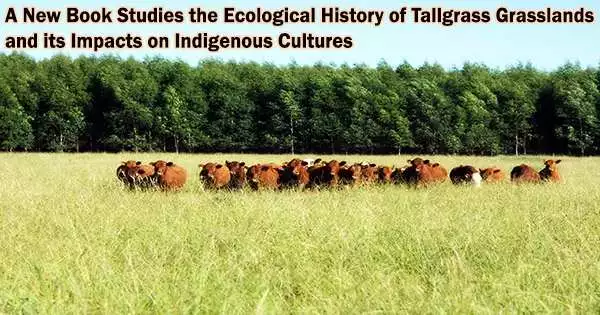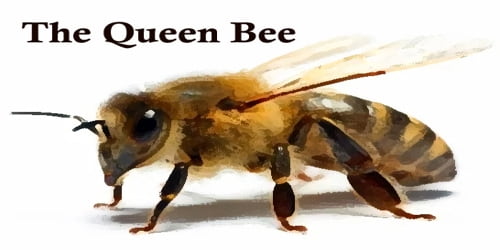According to a historian from the University of Illinois Urbana-Champaign, the American Midwest’s core was one of the region’s most crucial ecological and cultural borderlands for Indigenous people in early American history. The development of the tallgrass prairie landscape provided unique opportunities for the people who lived there because it was located in a zone where forests and grasslands met.
In his recently released book, “People of the Ecotone,” history professor Robert Morrissey created the first thorough environmental history of the tallgrass prairies and how they influenced tribal societies. The book also looks at how those changes affected the Fox Wars.
“The book re-centers the years of early contact not so much around the arrival of Europeans but around the ongoing events in Indigenous America. They are at least as important as what’s happening with the start of colonization, as are the environmental factors,” Morrissey said. “It’s a reorientation of what was driving history and how important the Indigenous processes were, and a new explanation for these really consequential wars of the 18th century.”
The area occupied by grasslands increased as a result of a shift in temperature from a warm period to the Little Ice Age, which began in the 14th century and pushed the tree line east. Drought made prairie grasses more digestible for animals, and the cultivation of grasslands through burning by Indigenous tribes drew large bison herds that migrated into the eastern prairies, Morrissey said.
Indigenous inhabitants in Illinois migrated from the centralized, grain-focused agrarian economy of Cahokia to more decentralized, smaller-scale settlements based around a wide range of resources, including bison hunting, in the middle of the thirteenth century, Morrissey said. They developed a distinctive type of bison hunting, chasing the animals on foot.
“This creates a huge transformation in labor, in how work was organized and the sheer amount of work required in processing animals,” he said.
This transition zone, now a monoculture, had this mosaic quality, with wetlands, grasslands, forests and river valleys. I’m trying to enhance the appreciation for the diversity of the ecology of this tallgrass prairie region and the opportunity that was presented in this period. It’s about what made the region distinctive and how that played into the motivations that usually don’t make it into stories we tell about early America and Indigenous America.
Professor Robert Morrissey
The region now benefited from a particular type of combat as a result of the modifications. The borderland region was home to numerous tribes that were unrelated to one another and whose cultures involved taking prisoners from other tribes in order to replace tribal members who had died from sickness or been killed in battle, Morrissey said.
“People made a lot out of that opportunity and became traders of captives from one part of the borderlands to another. Being there was not just about the bison and ecological opportunities, but also the possibilities for building power in these militarily strategic ways. Those two things started to intersect with each other the bison economy required a certain kind of labor system and tribes turned to captives for labor,” Morrissey said.
The Native American tribes were asked to provide the French, who had arrived to the area for hunting, with bison hides because they believed they would become a valuable commodity in North America. The tribes’ economy grew to include more bison hunting, which also served as a cause of rivalry among them, Morrissey said.
The Fox Wars, which took place between 1712 and 1735, were caused by these dynamics and resentments over captive raids. According to Morrissey, the history has overstated the French involvement in the wars. Although they played a significant role in developing a market for bison hides, the French were not the only ones responsible for the Fox Wars.
The final fight in Morrissey’s book takes place at the present-day Arrowsmith community in McLean County in 1730. The Native American tribes in the region saw a sharp drop in population as a result of the brutality of the Fox Wars. The climate was changing again, making the plains to the west a better habitat for bison, and the tribes there began hunting them on horseback, creating a new center for bison trade, Morrissey said.
Considering the ecological and climate history of the region and how changes in the environment affected Indigenous people provides a fuller picture of the rise and fall of the tribes living in the mid continent, he said.
“This transition zone, now a monoculture, had this mosaic quality, with wetlands, grasslands, forests and river valleys. I’m trying to enhance the appreciation for the diversity of the ecology of this tallgrass prairie region and the opportunity that was presented in this period,” Morrissey said. “It’s about what made the region distinctive and how that played into the motivations that usually don’t make it into stories we tell about early America and Indigenous America.”
















